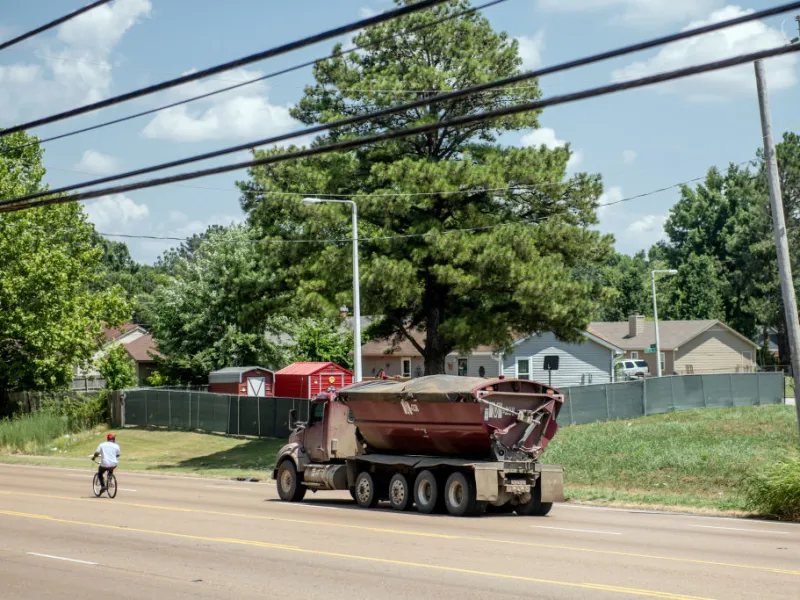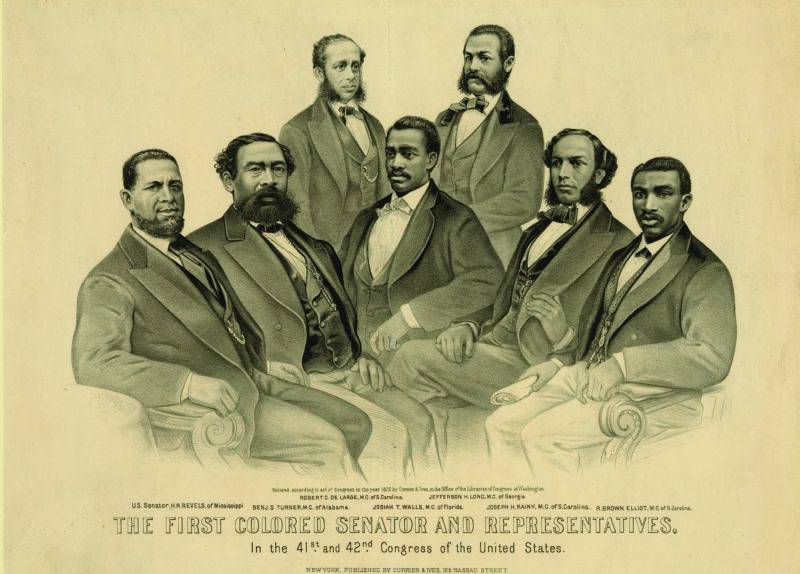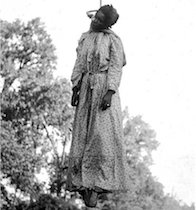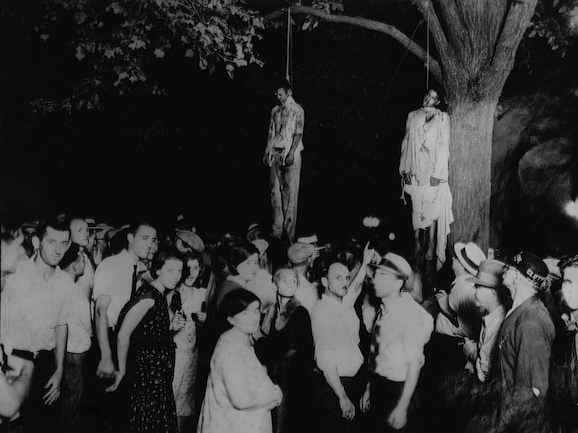EPA Delays Coal Ash Cleanup. Guess Who Lives Closest?
Share
Explore Our Galleries
Breaking News!
Today's news and culture by Black and other reporters in the Black and mainstream media.
Ways to Support ABHM?
By Willy Blackmore, Word in Black
What happens when the communities exposed to coal ash are predominantly Black? No cleanup, no groundwater checks, no rush.

The Environmental Protection Agency’s latest move in its ongoing effort to roll back the Biden Administration’s advancements centers on coal ash, the toxic byproduct of coal-fired power plants. Utilities will now have even more time before they have to do seemingly basic things such as reporting any contamination to the EPA and installing groundwater monitoring systems.
While the act of burning coal generates huge amounts of carbon and other toxic emissions, the environmental damage doesn’t stop there: Coal ash contains a variety of heavy metals, including arsenic, chromium, lead, and mercury, and the long-term storage what are known as ash ponds or ash basins have serious detrimental effects to the public health of nearby communities, which are exposed to the ash through dust and through groundwater contamination too. Even after coal-fired power plants close, the coal ash more often than not remains.
And more often than not, the communities that are exposed to coal ash are predominantly Black.
RELATED: Trump’s EPA Shuts Down $3B Environmental Justice Program
Black Americans make up just 15% of the national population, but a 2019 report from the NAACP found that Black people comprise fully two-thirds of the population that lives within 30 miles of a coal plant (and the coal ash ponds that are found at the majority of those facilities). According to the EPA’s own data from a few years back, 1.5 million people of color live in the catchment area of coal-ash ponds. In some communities, the disproportionality is even more stark. In Georgia, for example, Black people comprise 45% of people living one mile from a power plant, far higher than the 30% of the overall state population.
A rule finalized by the Biden EPA last year set two deadlines for utilities: they had until next February to report contamination from coal ash impoundments and until May 2028 to install systems to monitor groundwater and begin drafting remediation plans. Last week, Trump’s EPA pushed both deadlines by a year each, arguing that the regulations would get in the way of energy production.
Read more on why EPA is delaying the Coal Ash clean up in Black neighborhoods
Check out our galleries and exhibits to see more of what we are curating
Check out our Breaking News section for more Black News.









Comments Are Welcome
Note: We moderate submissions in order to create a space for meaningful dialogue, a space where museum visitors – adults and youth –– can exchange informed, thoughtful, and relevant comments that add value to our exhibits.
Racial slurs, personal attacks, obscenity, profanity, and SHOUTING do not meet the above standard. Such comments are posted in the exhibit Hateful Speech. Commercial promotions, impersonations, and incoherent comments likewise fail to meet our goals, so will not be posted. Submissions longer than 120 words will be shortened.
See our full Comments Policy here.